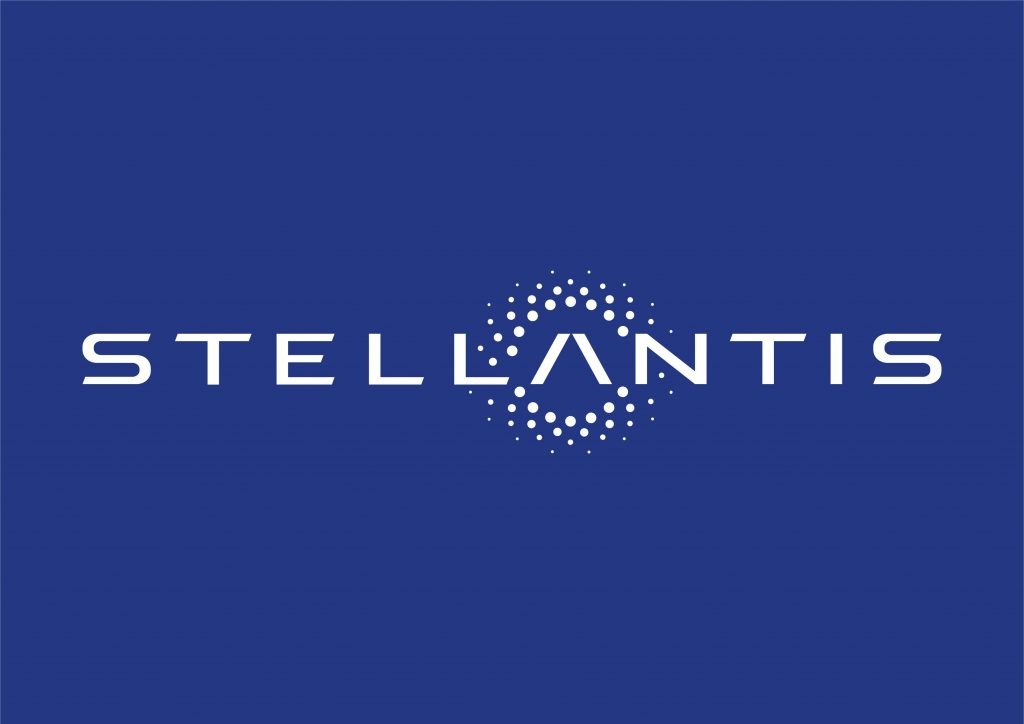Stellantis launches strategic plan focusing on electric vehicles and sustainability
02 March 2022

Stellantis has unveiled its strategic plan for the next 10 years. Dare Forward 2030 will see it drive employees towards higher value creation for electric vehicles (EVs) and reach its carbon net-zero emissions targets by 2038.
The strategic plan features a number of pillars aimed at making Stellantis a diverse and ethical company with technology and value creation at its core. These pillars, the company hopes, will help it to improve its EV offerings and sustainability credentials while also making it an ‘extraordinary’ place to work.
Part of Stellantis’ plans is for 100% of its car sales in Europe and 50% of sales in the US to be battery-electric vehicles (BEVs) by 2030. The car manufacturer plans to have more than 75 BEVs on offer by this time, with global sales of five million vehicles.
Electric vehicles and sustainability
To achieve this, Stellantis will need to ensure its many brands feature some form of vehicle electrification. The carmaker revealed at the unveiling of its Dare Forward 2030 strategy that Jeep will launch its first-ever fully-electric SUV in early 2023. There will also be a new Ram BEV pickup truck for the US market, arriving in 2024.
The automotive group has already announced that its DS, Alfa Romeo, Lancia, and Maserati brands will go electric-only from 2024, while Fiat recently confirmed that it will have a fully-electrified line-up by 2027, with plans to be electric-only from 2030.
Alongside the electrification of its range, Stellantis will also increase planned battery-manufacturing capacity by 140GWh to around 400GWh as well as expanding its hydrogen fuel-cell technology to large vans in 2024. It aims to bring this hydrogen technology to the US in 2025, while also investigating fuel cells incorporation into heavy-duty trucks.
Climate change is a big talking point at present, with many companies in the automotive industry focused on reducing their carbon emissions. Stellantis used its Dare Forward 2030 presentation to address its plans to become carbon net-zero by 2038, with a 50% reduction in carbon emissions by the end of the decade. This, it says, will be a decisive step forward in Stellantis’ circular economy and a contribution to a sustainable future.
Diversification in workforce and technologies
Stellantis aims to have a community of employees spanning 170 nationalities across six regions as it looks to increase its workforce diversity. The carmaker also wants to have women holding at least 35% of its leadership roles by the end of the decade.
The company also plans to double the number of leaders with profit and loss responsibility, while it is rolling out new software and data, and electric academies, to support the transformation of the business. This is in line with the current trajectory of the automotive industry from a purely mechanical market to one that embraces new technologies, such as connected services, autonomous vehicles, and electric cars.
Embracing new technologies further, Stellantis, as part of its Dare Forward 2030 strategy, is aiming to reach one-third of global sales online by the end of the decade. To facilitate this, it will launch a global digital car marketplace, offering customers a seamless journey through the entire range of Stellantis products and services.



